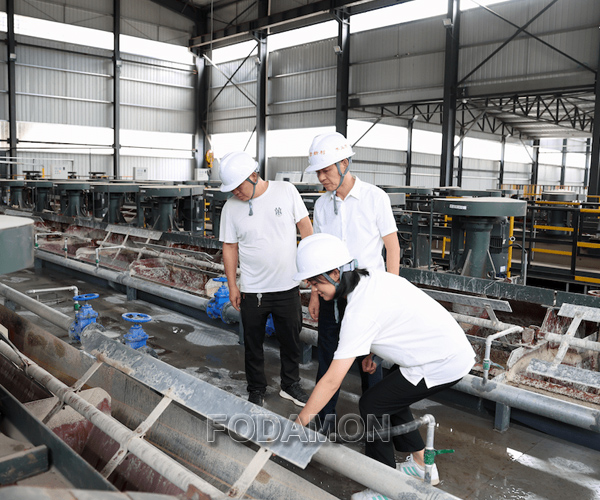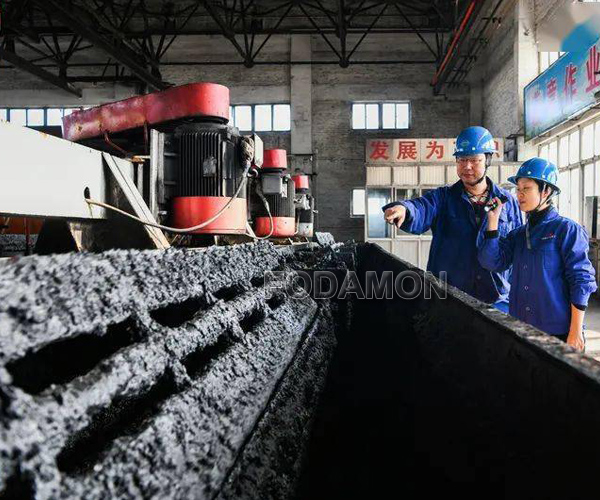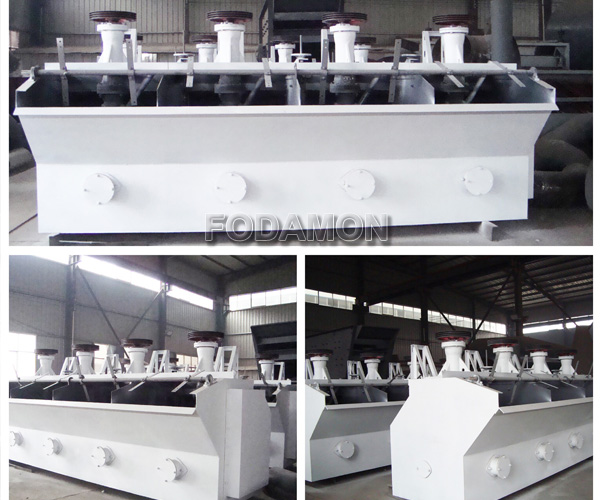In this chapter, Fodamon engineers continue to describe the knowledge of flotation.
- What is flotation speed? Flotation time? What is the relationship between flotation time and separation index?

The so-called flotation speed refers to the recovery rate of useful components obtained by a certain ore in a certain flotation time and under certain operating conditions. If V is used to represent the flotation speed, ε Represents the recovery rate, T represents the flotation time, then its mathematical formula is: v= ε/ t。
Therefore, increasing the flotation speed is to improve the recovery and shorten the flotation time. Increasing flotation speed is an important problem in the operation of flotation plant.

The so-called flotation time refers to the time that the pulp stays in the flotation cell, or the time that the pulp flows through the flotation cell. For example, the rough separation time is 10 minutes, that is, the time that the pulp flows through the rough separation flotation cell is 10 minutes. Similarly, the flotation time of scavenging and cleaning also means the same.

Under the same other conditions, the flotation performance is closely related to the flotation time. Generally, the recovery rate increases with the increase of flotation time, but after a certain time, the flotation time is prolonged, the recovery rate is no longer improved, but the concentrate quality will be reduced. Therefore, increasing the flotation time is meaningless.

The optimum flotation time of each ore is generally determined by beneficiation test. Increasing the flotation time in production requires increasing the number of flotation machines and increasing the power consumption. Therefore, the correct selection of flotation time is of great significance to the technical and economic indexes of flotation, especially for the flotation of polymetallic ores.

- Why can collectors enhance the hydrophobicity of mineral surface?
The main function of collector is to enhance the hydrophobicity of mineral surface. This effect of collector is closely related to its composition and structural characteristics. Now take butyl xanthate as an example to illustrate this effect. Xanthate dissociates anion rocss – and cation Na + in pulp. Hydrophobicity is produced by anion, which includes hydrophobic group (non-polar group) and solid affinity group. The reason why xanthate anion rocss – can enhance the hydrophobicity of mineral surface is that: (1) the solid affinity group is an atomic group interacting with the mineral surface, which adsorbs on the mineral surface and interacts with the cations on the mineral surface, balances part of the residual bond force and reduces the hydrophilicity of the mineral surface; (2) The hydrophobic group (nonpolar group) r (C4H9) of butyl xanthate anion itself is a hydrophobic and hydrophilic atomic group, which has a strong hydrophobic effect, so it is the main reason for the hydrophobicity of mineral surface; (3) Because the collector forms a hydrophobic film after adsorption on the mineral surface, the distance between water molecules and mineral surface increases, which greatly weakens the role between water molecules and mineral surface, and thus enhances the hydrophobicity of mineral surface. Therefore, the ore particles acted by the collector have a better hydrophobic surface. When the ore particles collide with the bubbles, they can firmly adhere to and float up the bubbles.
